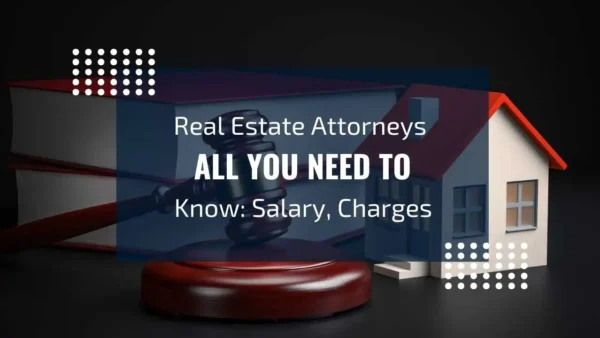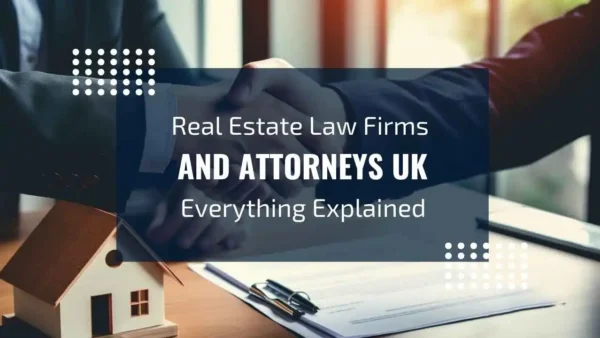As a landlord in the UK, one of the toughest situations you might face is having to evict tenants. While it’s always preferable to maintain a good relationship with tenants, sometimes eviction is the only option when they fail to meet their obligations. Whether it’s unpaid rent, property damage, or another breach of contract, it’s crucial to understand the legal steps required to legally evict tenants.
In this guide, we’ll walk you through the essential procedures for the legal eviction of tenants, ensuring that you follow the correct legal protocols and avoid any costly mistakes. By adhering to the law, you can regain possession of your property without unnecessary delays or complications.
Understanding the Legal Process of Tenant Eviction
As a landlord, eviction should be a last resort, but sometimes it becomes necessary. Evicting tenants legally in the UK requires adhering to a strict process to ensure that you are not infringing on the tenant’s rights. If you fail to follow the proper procedures, you could be accused of harassment or illegal eviction.
The first step to legally evict tenants is understanding the type of tenancy agreement in place and ensuring you follow the correct legal procedures to regain possession of your property. Failure to follow the proper eviction processes could result in the case being dismissed or lead to other legal complications.

Determine the Type of Tenancy Agreement
Before you begin the eviction process, you need to understand the type of tenancy agreement in place. This will dictate the eviction process and the notices required to move forward.
Types of Tenancy Agreements in the UK
There are two main types of tenancy agreements in the UK:
- Assured Shorthold Tenancies (ASTs): The most common type of tenancy, especially in England and Wales. ASTs can be either fixed-term or periodic. Fixed-term tenancies last for a set duration, typically 6 or 12 months, while periodic tenancies roll on week-to-week or month-to-month.
- Non-Assured Tenancies: These are less common, but they can exist for properties rented out by councils or housing associations.
For most landlords dealing with tenants under an AST, the eviction process involves either a Section 8 or Section 21 notice, depending on the circumstances.
Assured Shorthold Tenancies and the Eviction Process
If your tenant is on an AST, you can proceed with eviction under two primary notices: Section 8 and Section 21 notices. The notice you use depends on the reason for eviction, such as unpaid rent or breach of tenancy conditions.

Choose the Correct Notice for Eviction
Depending on your situation, you must serve the correct eviction notice to your tenant.
Section 8 Notice – Breach of Tenancy
A Section 8 notice is typically used when tenants have breached the terms of their tenancy agreement, such as failing to pay rent or damaging the property. It allows you to start the legal eviction process for tenant misconduct.
- Evicting Tenants for Unpaid Rent: If a tenant has not paid their rent and has breached the terms of the tenancy agreement, you can serve a Section 8 notice. The notice must state that the tenant has violated the lease, and you can request possession of the property.
- Evicting Tenants for Property Damage or Misuse: If tenants have caused damage or failed to properly maintain the property, this is also grounds for eviction under a Section 8 notice. It’s essential to outline the breaches clearly in the notice.
The notice period for a Section 8 notice can vary depending on the reason for the eviction. For example, rent arrears could require only two weeks’ notice, while other breaches might need longer periods, such as two months.
How to Serve a Section 8 Notice
To serve a Section 8 notice, landlords must fill out a Notice Seeking Possession form (Form 3) available on the official UK government website. The form requires specific details about the tenant’s breach of contract, including how long the tenant has failed to pay rent and any other significant violations.
Once the notice has been served, the tenant must vacate the property within the specified timeframe. If they don’t, you may need to apply to the court for a possession order to legally evict tenants.

Section 21 Notice – No Fault Eviction
The Section 21 notice is used when a landlord wants to regain possession of the property without needing to provide any specific reason, such as rent arrears or property damage.
This notice can be used in two situations:
- When the fixed-term tenancy agreement has ended, and the tenant is on a rolling periodic tenancy.
- If the tenant has a tenancy agreement without a fixed term.
When to Use a Section 21 Notice
The Section 21 process can only be used when the tenant’s fixed-term tenancy has expired or is coming to an end. Alternatively, it can be used for periodic tenancies. Landlords are prohibited from serving a Section 21 notice within the first 4 months of a new tenancy.
Certain criteria must be met before issuing a Section 21 notice. If the tenant’s deposit is not in a government-approved deposit protection scheme, or if they were not provided with the correct documents, including the Energy Performance Certificate (EPC) or gas safety certificate, the Section 21 notice will be invalid. Landlords must ensure all these conditions are met to legally evict tenants.
How to Serve a Section 21 Notice
Serving a Section 21 notice requires filling out Form 6A, which is available online through the government website. The notice must specify a minimum of two months’ notice for the tenant to vacate the property. The notice should be personally handed to the tenant or posted through their letterbox.

Apply for a Possession Order
If the tenant refuses to vacate after the notice period ends, you may need to apply for a possession order in the courts. This order will legally require the tenant to leave the property.
Types of Possession Orders
- Standard Possession Order: This type of order is issued in most cases, including unpaid rent or property damage.
- Accelerated Possession Order: This is used when there is no dispute over rent arrears or breaches, and it is an expedited process to recover possession of the property without needing a court hearing.
How to Apply for a Possession Order
You must apply to your local County Court to initiate the possession process. Depending on the case, the court may issue a standard or accelerated possession order. In situations involving rent arrears, a standard order is required, and the tenant will have to attend a court hearing.
Once the court issues the possession order, the tenant has a specified time to leave the property. If they don’t, you can request a Warrant for Possession.

Obtain a Warrant for Possession
If the tenant refuses to leave, you can apply for a Warrant for Possession. This allows you to involve bailiffs in enforcing the eviction.
How to Obtain a Warrant for Possession
A warrant for possession allows the court bailiff to physically remove the tenant from your property. To apply for this warrant, you will need to return to the court and fill out the necessary paperwork. It’s important to note that there are fees associated with this process.
Legal Considerations and Tenant Rights
Throughout the eviction process, ensure you understand the tenant’s rights. Even though you are the landlord, tenants have certain protections against unlawful eviction. Always ensure you follow the process meticulously to avoid claims of harassment or illegal eviction.
Avoiding Illegal Eviction and Harassment
Illegal eviction can occur if a landlord forcibly removes a tenant or changes the locks without going through the proper legal channels. You should never attempt to forcibly remove a tenant, as this could lead to criminal charges and financial compensation claims.

Conclusion: Evict Tenants Legally and Safely
Evicting tenants is never easy, but by following the correct legal procedures, you can ensure the process goes as smoothly as possible. Whether you use a Section 8 or Section 21 notice, make sure all necessary documentation is in order. If the tenant refuses to vacate, you can apply for a possession order or a warrant for possession.
Frequently Asked Questions
The time it takes to legally evict a tenant in the UK can vary greatly depending on the circumstances. On average, the eviction process can take between 6 to 12 weeks. If tenants contest the eviction or do not leave voluntarily after receiving the eviction notice, the process may take longer. Landlords must go through several steps, including serving the correct notice and potentially applying to the court for a possession order.
If tenants refuse to leave after receiving a possession order, the landlord can apply for a Warrant for Possession. This allows bailiffs to enforce the eviction by physically removing the tenant from the property. However, landlords must follow the legal process, ensuring the proper notices are served and the court order is valid. It’s essential to allow the tenant the specified time to leave before requesting a Warrant for Possession.
Yes, tenants can be evicted for rent arrears in the UK using a Section 8 notice. This type of notice is appropriate when the tenant has failed to pay rent for a certain period, often at least two months’ worth of arrears. After serving the Section 8 notice, landlords can apply to the court for possession if the tenant does not resolve the arrears or vacate voluntarily. The timeline may depend on the specific circumstances of the case.





